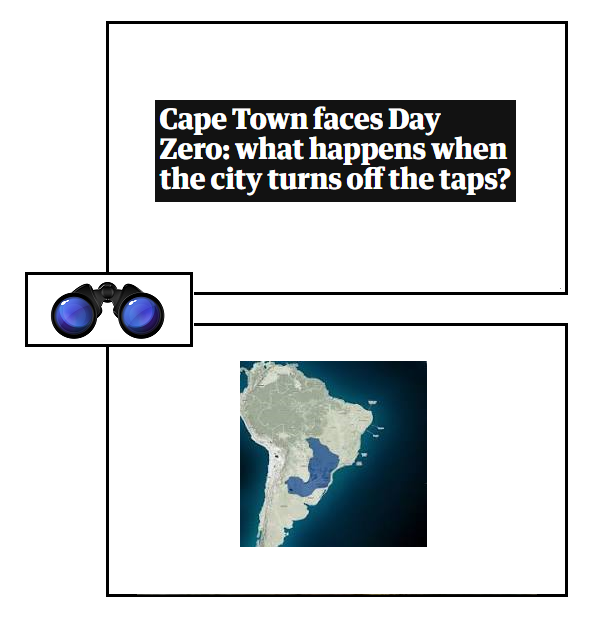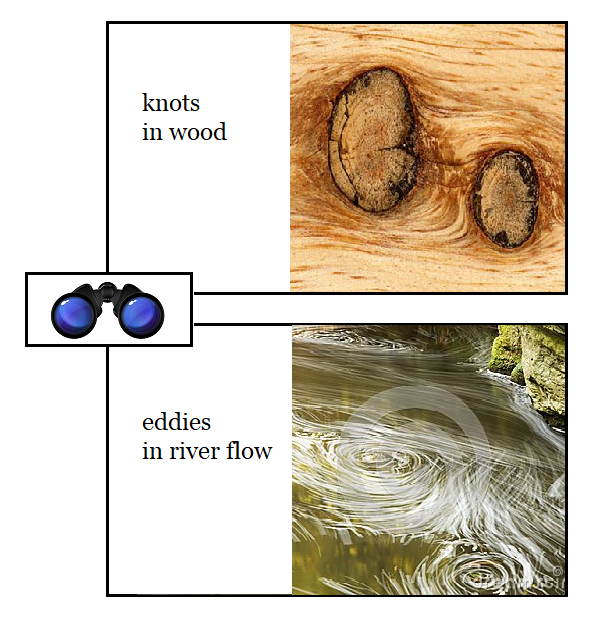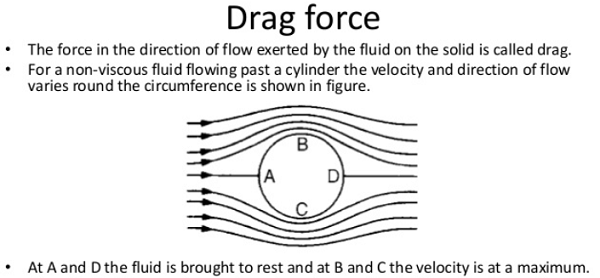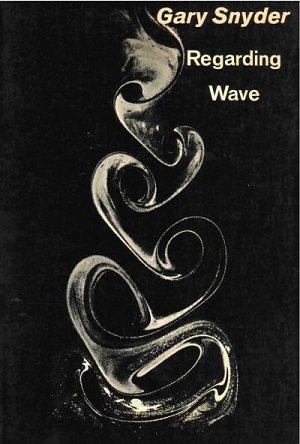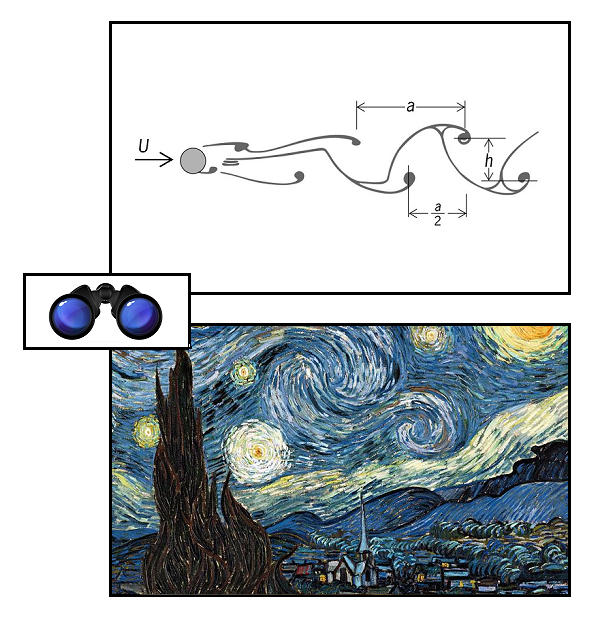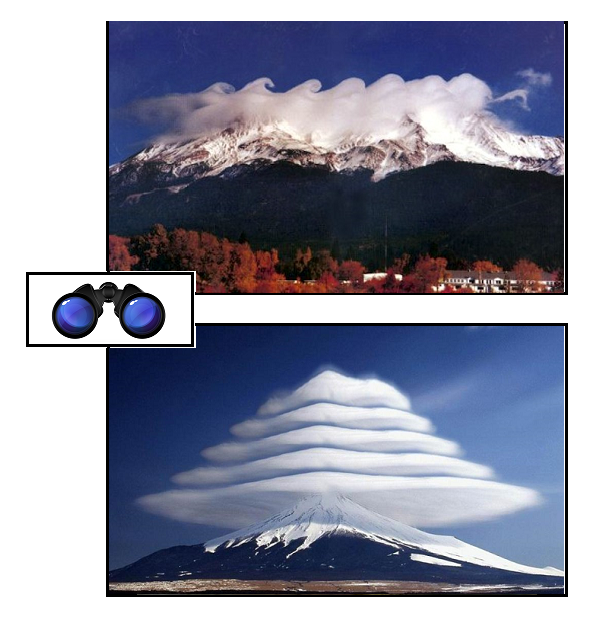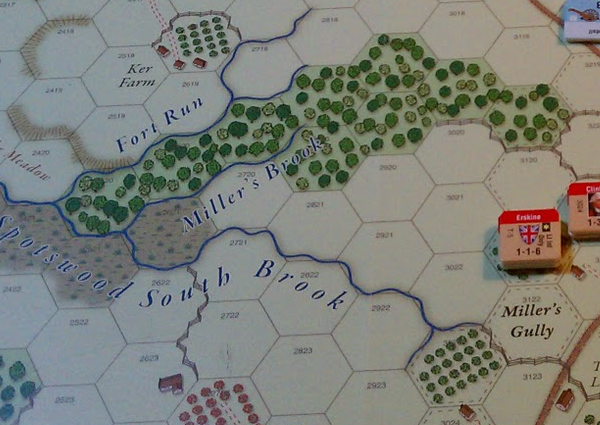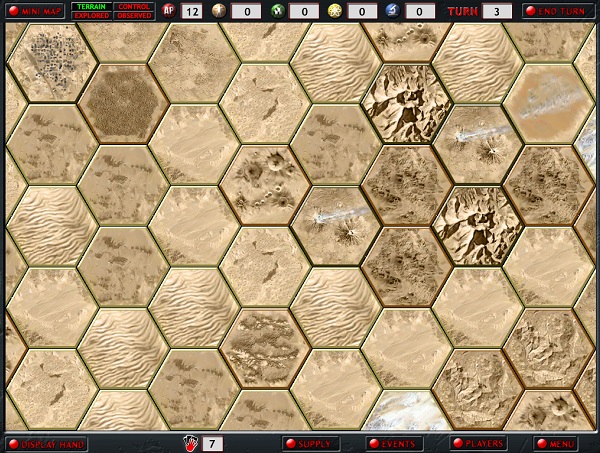Storm special, surf’s up
Friday, September 14th, 2018[ by Charles Cameron — Jimmy Buffet, also complexity and ecstasy in words]
.
Given the horrific storm now — and with effects lasting a week or so before the worst is really over, depending on where you live — I’d like to introduce the appropriate musical backdrop, Jimmy Buffet‘s Surfing in a Hurricane, and point you to a New Yorker article, a brilliant long read for those hunkered down by the fire with their laptops at the ready..
First, the Buffet:
In passing, let me note the authenticity of the lyric, which no landlocked poet could possibly capture. And yes, Buffet surfed the advance of Florence — Jimmy Buffett Goes Surfing in Hurricane-Fueled Waves: ‘I Ain’t Afraid of Dying’
What a life!
**
Then, William Finnegan, Off Diamond Head.
I’ll just give you a couple of tastes, the whole thing is a marvel of fine writing. The first paragraph I’ve chosen because it culminates in a description of complexity, which the arts reach from a different angle than complexity theory in math, and the second para continues that evocation. Finnegan is describing the area known as Cliffs:
It was an unusually consistent spot, in the sense that there were nearly always waves to ride, even in what I came to understand was the off season for Oahu’s South Shore. The reefs off Diamond Head are at the southern extremity of the island, and thus pick up every scrap of passing swell. But they also catch a lot of wind, including local williwaws off the slopes of the crater, and the wind, along with the vast jigsaw expanse of the reef and the swells arriving from many different points of the compass, combined to produce constantly changing conditions that, in a paradox I didn’t appreciate at the time, amounted to a rowdy, hourly refutation of the notion of consistency. Cliffs possessed a moody complexity beyond anything I had known. [ .. ]
And yet the place had a growling durability that left it ridable even in those battered conditions. Almost no one else surfed it in the early morning, which made it a good time to explore the main takeoff area. I began to learn the tricky, fast, shallow sections, and the soft spots where a quick cutback was needed to keep a ride going. Even on a waist-high, blown-out day, it was possible to milk certain waves for long, improvised, thoroughly satisfying rides. The reef had a thousand quirks, which changed quickly with the tide. And when the inshore channel began to turn a milky turquoise—a color not unlike some of the Hawaiian fantasy waves in the mags—it meant, I came to know, that the sun had risen to the point where I should head in for breakfast.
Ah, and then as the coup de grace, this:
Leslie Wong caught and pulled into the wave of the day, his back slightly arched, his arms relaxed, making the extremely difficult—no, come on, the ecstatic—look easy.
**
Over here in California, our concern this year was flame, not wave. Just how you surf a wildfire escapes me.
